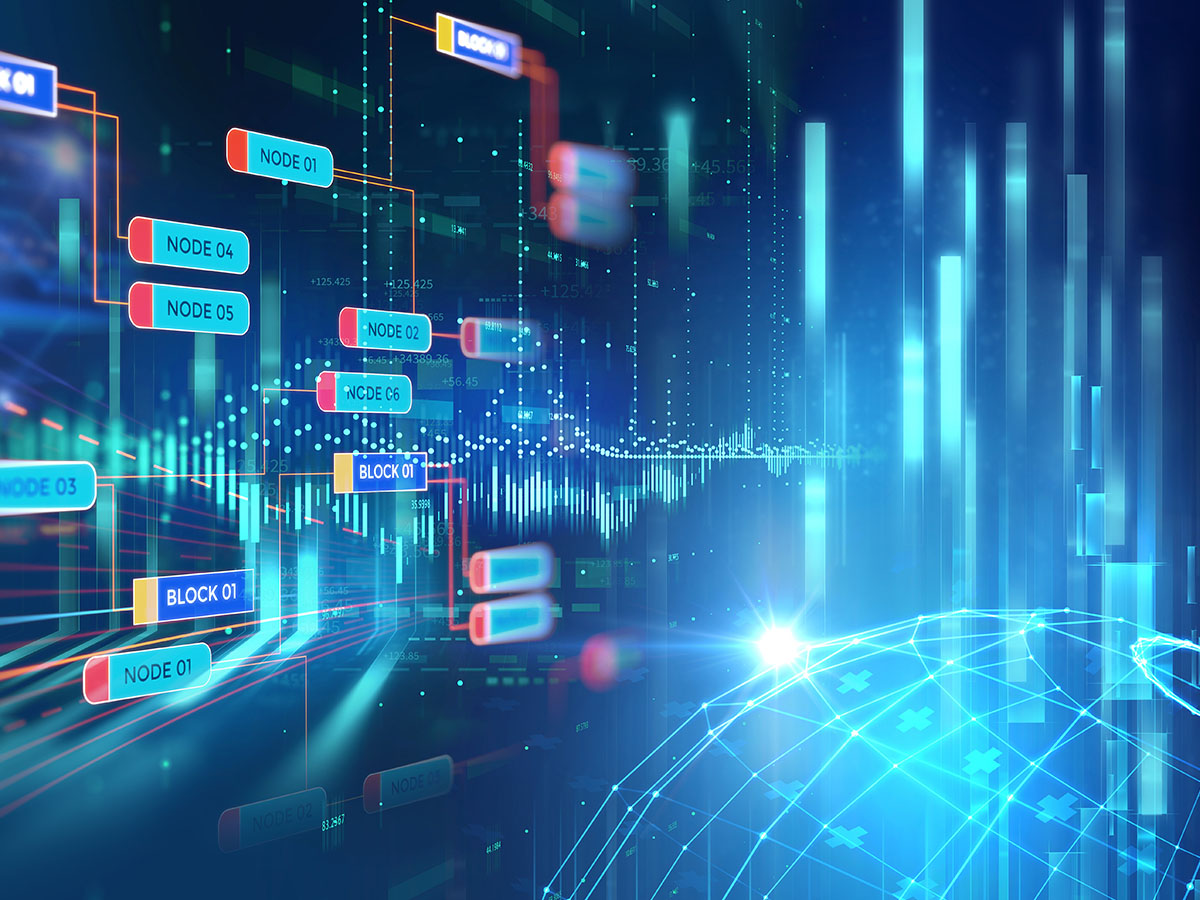Over the last few years, we have seen the popularity of artificial intelligence (AI) and machine learning (ML) increase.
We can now see them in use across a range of industries and performing a number of roles, from fraud detection in banking and finance to online customer support in the retail sector, as well as in our everyday lives through our mobile phones and smart devices. Yet, despite its popularity and visibility in almost every sector of society, currently, businesses aren’t fully making the most of what AI and ML have to offer.
Embedding AI
It is only now that businesses are realising that to get the most from AI and ML, they must embed them into processes. This is fundamental to getting the most from these technologies and will define how businesses impact peoples’ day-to-day lives. Organisations must look at what they have been doing with AI in the past and how they can become more intelligent.
To get the most from AI, businesses shouldn’t just look at what they could do with AI and ML, but, more importantly, at how they could use it. In keeping with this, larger organisations are now looking at ways in which they can operationalise AI and ML. While in recent years, organisations’ focus and emphasis has really been on the algorithm and data modelling sides of AI and ML, businesses have now started looking at how they can use AI and ML to make decisions faster and improve the everyday lives of their end customers.
Facilitating ‘Faster’ Processes
This idea of AI allowing decisions and other processes to be faster is something businesses need to be mindful of, as really the true value of AI is in getting faster impact from it, more so than faster results. Let’s look at the use of AI in data management, where AI is nothing new but is now capable of doing new things, as such, enterprises are now working out how to use it to make transactions more intelligent.
This development is what will have the biggest impact on enterprises because, where as in the past, AI was about finding patterns and performing analysis in order to detect problems, AI is now having a faster impact by preventing problems from happening altogether. For example, if we look at AI’s use in fraud detection within the financial service market, it’s no longer being used purely to retrospectively look at what types of fraud are occurring, but about how to prevent it. This shift in its use is where AI and ML will make a significant impact on businesses.





